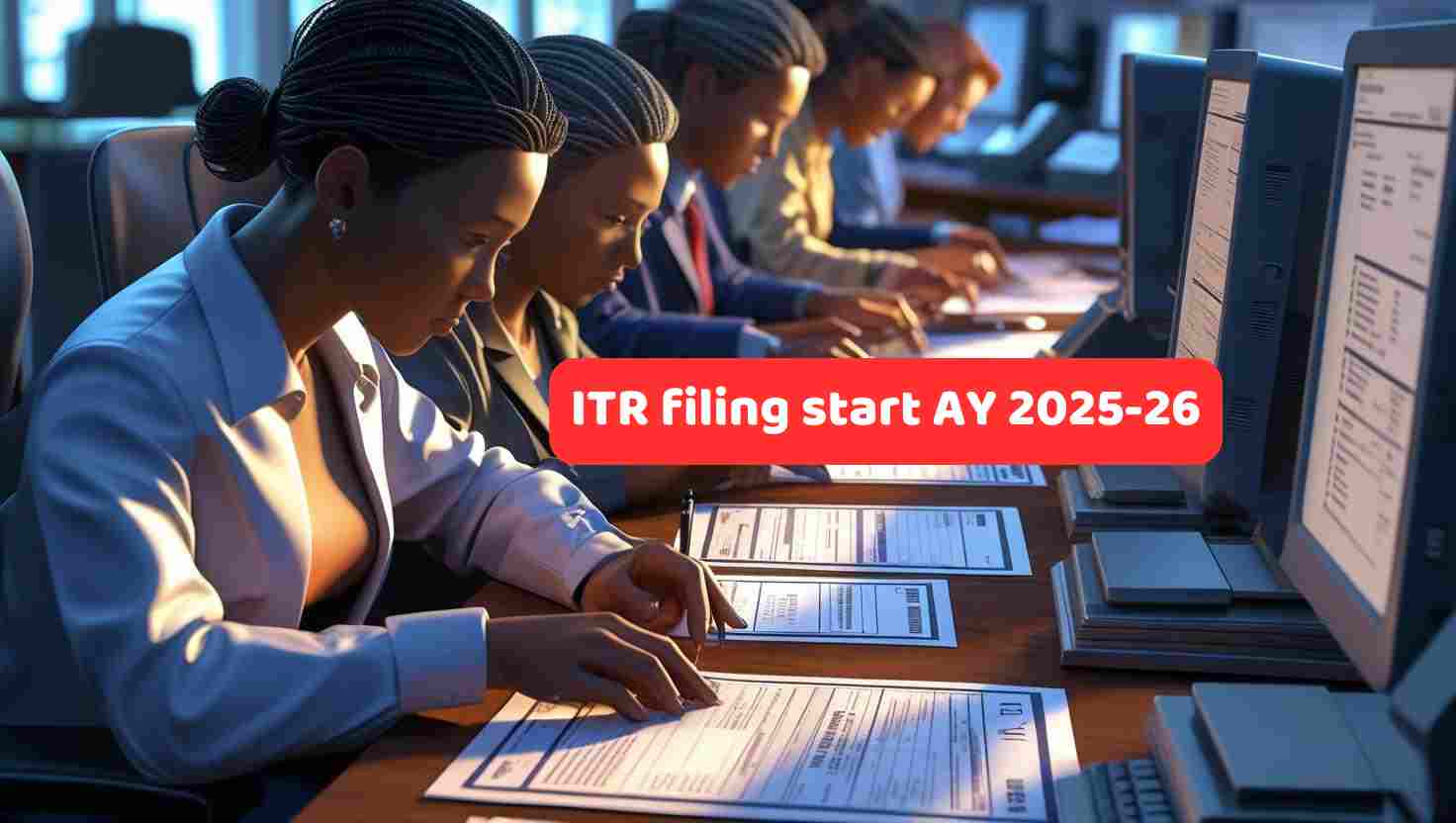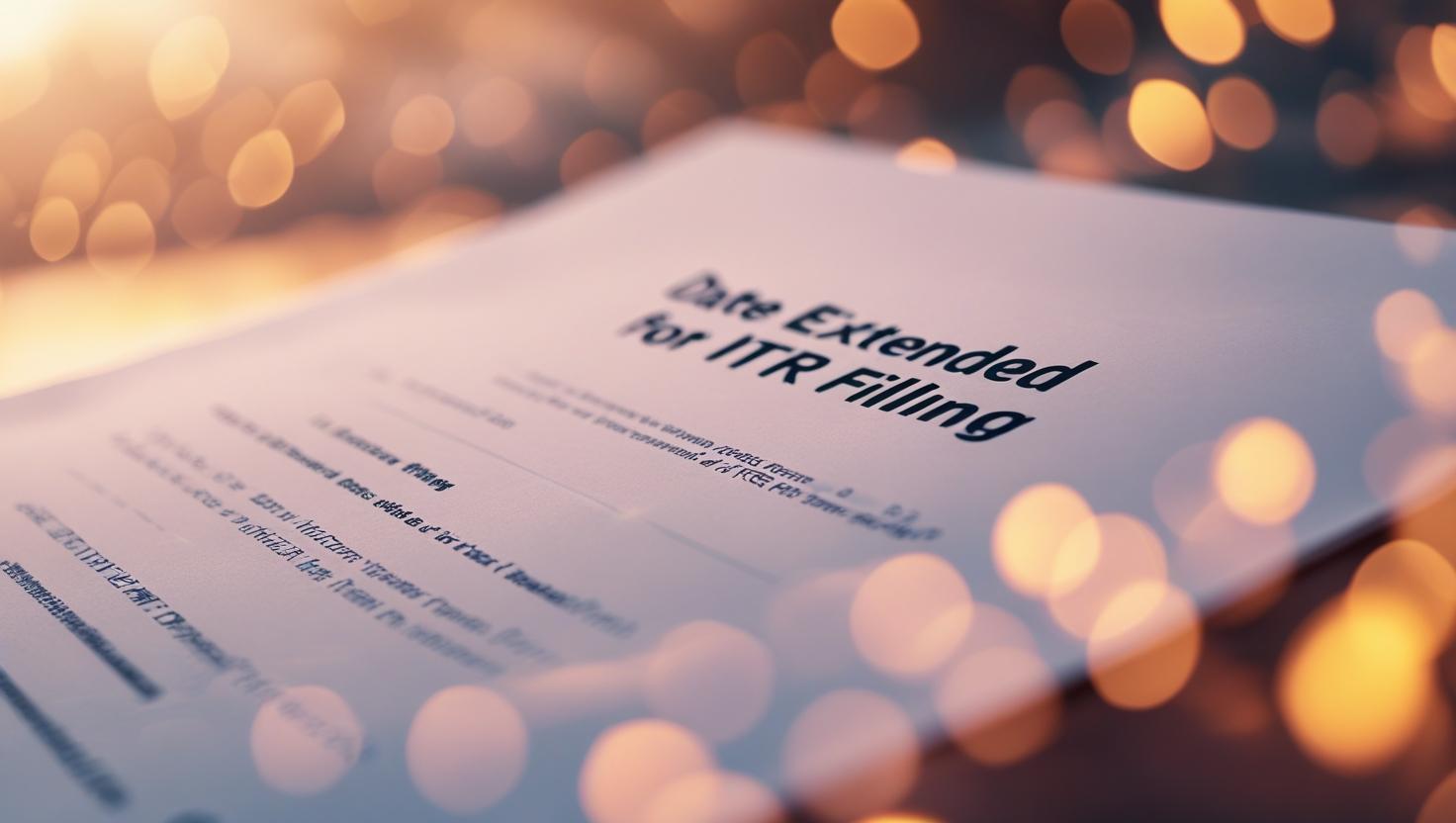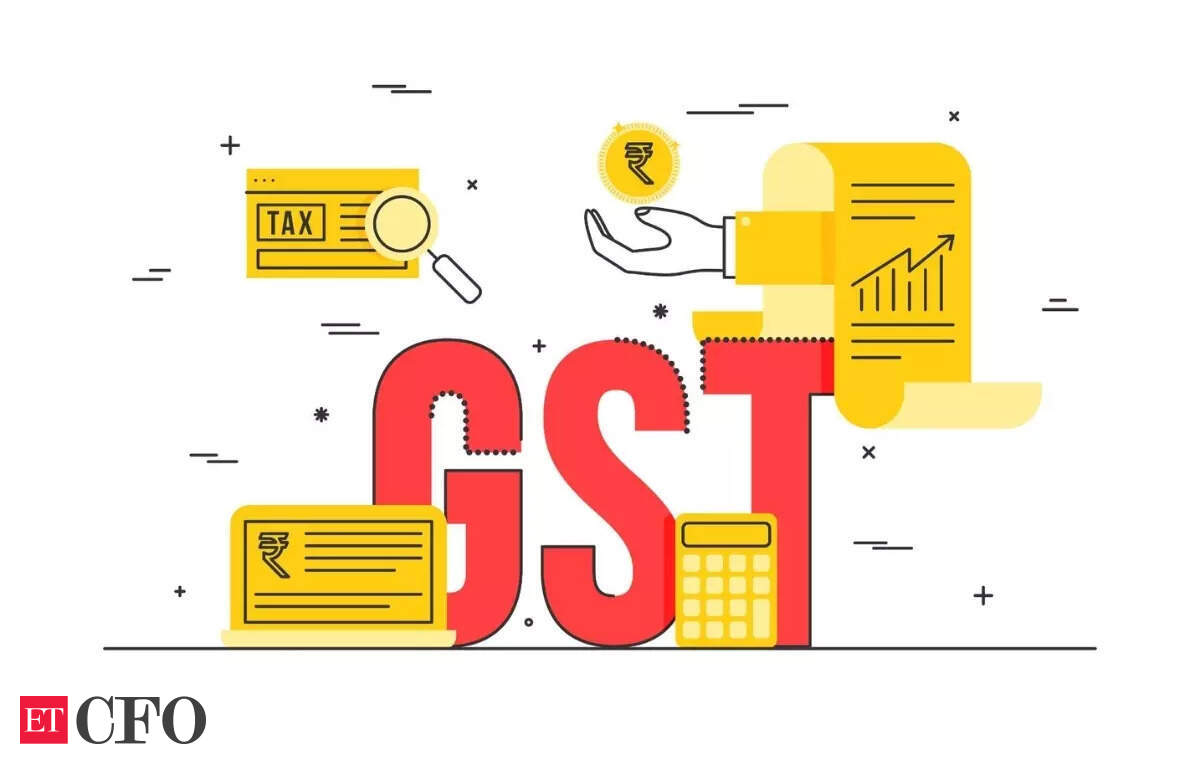Intimation under Section 143(1) is a formal communication from the Income Tax Department to taxpayers. It is issued after the preliminary processing of an income tax return, detailing the department’s computation of the taxpayer’s income, deductions, and tax liabilities. This article will explore the scenarios in which an intimation is issued, how it is received, its contents, and how taxpayers should respond.
When Does One Receive Intimation Under Section 143(1)?
An intimation under Section 143(1) is issued in the following scenarios:
Refund Due with Adjustments: If a taxpayer is eligible for a refund, but the department makes adjustments to the claimed amount, an intimation will be sent detailing the changes.

Demand for Additional Tax or Interest: If the department’s calculations show that additional tax or interest is payable by the taxpayer, an intimation will be issued specifying the additional amount due.
No Demand or Refund: Even if there is no additional tax payable or refund due, the department will send an intimation confirming that the return has been processed.

How Will I Receive This Notice?
Intimations under Section 143(1) are typically sent via the following methods:
- Email: The intimation is sent to the taxpayer’s registered email address.
- Income Tax e-Filing Portal: The notice is also accessible through the taxpayer’s registered account on the income tax e-filing portal.

- SMS Notification: An SMS may be sent to the taxpayer’s registered mobile number, alerting them that the intimation has been issued.
Taxpayers must ensure that their contact details, including email addresses and phone numbers, are up-to-date when filing their returns.
What Do Notices Under Section 143(1) Say?
A notice under Section 143(1) will indicate whether the tax computations done by the department align with the taxpayer’s self-assessment. The possible outcomes are:
- No Discrepancies: The department’s assessment matches the taxpayer’s calculations. No further action is required, and there is no additional tax liability or refund.
- Additional Tax Liability: If discrepancies are found, the intimation will detail the adjustments made, resulting in a demand for additional tax or interest. This might occur due to errors in the return or incorrect claims for deductions.
- Refund Issued: If the taxpayer has overpaid, the department will process a refund and notify the taxpayer via the intimation.
Nature of Adjustments Under 143(1)
Adjustments made by the department under Section 143(1) can include:
- Missed Income or Deductions: The department may adjust for any income, deductions, or exemptions not reported by the taxpayer.
- Mismatch with Form 26AS: Discrepancies between the information in Form 26AS (which includes details of TDS, advance tax, etc.) and the taxpayer’s return may lead to adjustments.
- Mathematical Errors: Corrections for any errors in the taxpayer’s calculations.
- Incorrect Claims: Adjustments for claims that do not meet legal requirements.
Time Limit for Issuing 143(1)
The Income Tax Department is required to issue an intimation under Section 143(1) within one year from the end of the financial year in which the return was filed. If no intimation is received within this period, the taxpayer can assume that their return has been accepted without any changes.
What If You Do Not Receive Any Intimation Till the End of the Year?
If a taxpayer has not received any intimation under Section 143(1) by the end of one full year from the financial year when the return was filed, it indicates that the return has been processed without any adjustments. The taxpayer can consider their return accepted by the Income Tax Department.
How to Get an Intimation u/s 143(1) Again?
If a taxpayer needs to retrieve an intimation under Section 143(1), they can follow these steps:
- Log in to the income tax e-filing portal.
- Go to “My Account.”
- Click on “View e-Filed Returns/Forms.”
- Select the relevant assessment year.
- Click on the acknowledgment number of the return.
- Download the intimation in PDF format.

Where to Find the Password to Open Intimation u/s 143(1)?
The intimation is password-protected for security reasons. The password is a combination of the taxpayer’s PAN (in lowercase) and their date of birth or incorporation (in the format DDMMYYYY). For example, if the PAN is “ABCDE1234F” and the date of birth is 10th November 1995, the password would be “abcde1234f10111995.”
How Can I Read an Intimation Received Under Section 143 of the Income Tax Act?
To read an intimation:
- Download the PDF from the e-filing portal.
- Enter the password to unlock the file.
- Carefully review the contents, paying attention to any adjustments made by the department and the resulting tax liability or refund.
Examine the Following Aspects When You Receive an Intimation u/s 143(1)
Upon receiving an intimation, check the following:
- Personal Details: Ensure your PAN, name, and address are correct.
- Income and Deductions: Verify that the income, deductions, and exemptions match your tax return.
- Tax Liability or Refund: Check if there is any additional tax liability or refund due.
- Adjustments: Review the adjustments made by the department and compare them with your original return.




Do I Need to Respond to the Notice?
A taxpayer typically does not need to respond to a Section 143(1) intimation if there are no discrepancies or if the adjustments have been accepted. However, if the taxpayer disagrees with the adjustments or needs to provide additional information, they must respond within the specified time.
How to Respond to Income Tax Notice Under Section 143(1) of the Income Tax Act?
To respond to a notice:
- Review the Adjustments: Understand the adjustments made by the department.
- Prepare a Response: Provide explanations, supporting documents, or corrections.
- Submit the Response: Respond within the specified time, either online or in person at a designated office.
- Keep Records: Maintain copies of the response and proof of submission.
How Will I Get the Refund?
If a refund is due, it will be credited directly to the taxpayer’s pre-validated and PAN-linked bank account. The taxpayer can track the refund status online through the income tax e-filing portal.
FAQs on Section 143(1) of the Income Tax Act
- What is Section 143(1) in income tax? Section 143(1) outlines the process for processing income tax returns. It is an automated system that verifies the information provided by the taxpayer against the department’s records.
- How to open intimation u/s 143(1)? Log in to the e-filing portal, go to ‘My Account,’ select ‘View e-Filed Returns/Forms,’ and click on the relevant assessment year to open the intimation in PDF format.
- What to do if there is no mismatch in an intimation u/s 143(1)? If there is no mismatch, the taxpayer can accept the intimation, indicating that their return has been accepted as filed.
- How do I file rectification for intimation u/s 143(1)? Use the e-filing portal’s rectification facility to submit corrections if there is an error in the intimation.
- How do you respond to an intimation under section 143(1)? Verify the calculations, accept the intimation if correct, or file for rectification if discrepancies are found.
- Is intimation u/s 143(1) an assessment order? No, it is a preliminary assessment, not a formal assessment order.
Intimation under Section 143(1) of the Income Tax Act is an important document that provides a snapshot of the tax department’s assessment of a taxpayer’s return. Understanding its contents and implications can help taxpayers ensure compliance and take appropriate action if necessary.
Visit www.cagurujiclasses.com for practical courses










may i got intimation letter with section 143(1) all assessement are match but i show in the portal “proceded with demand due” what does its implies?